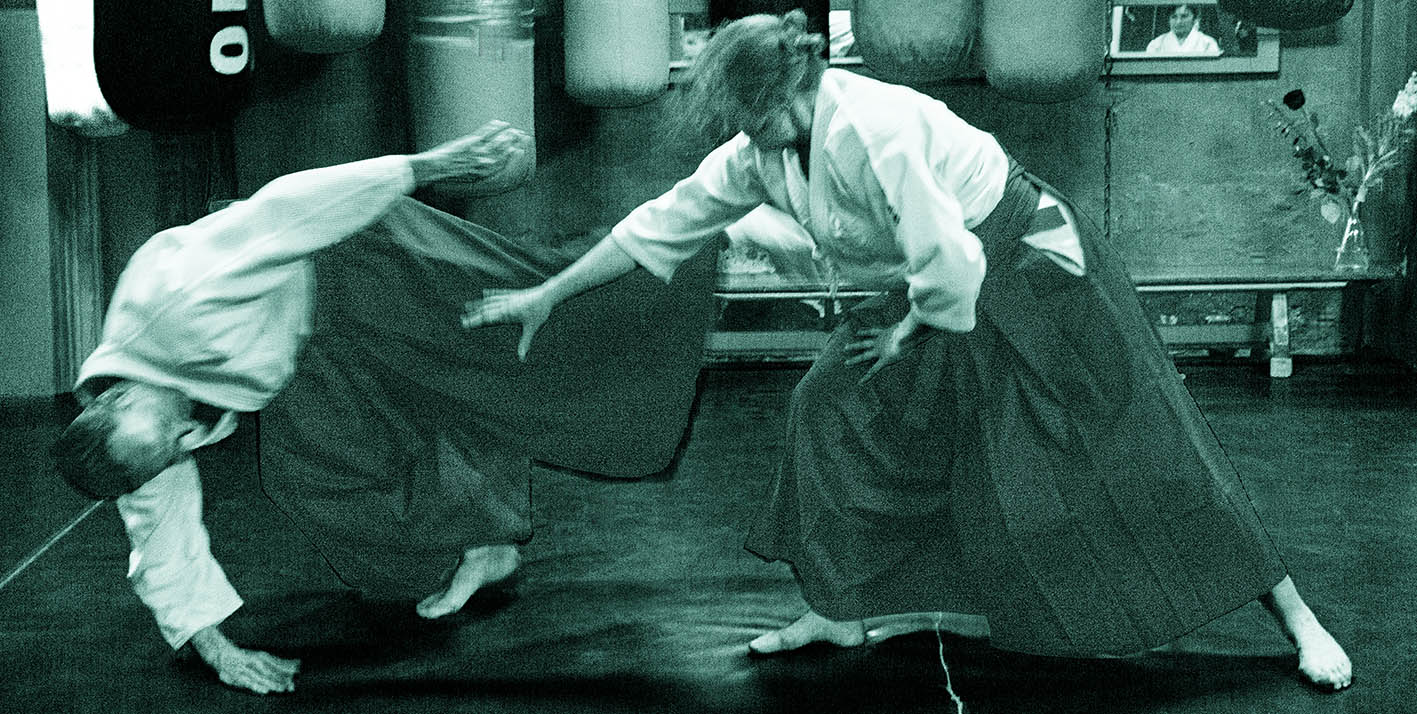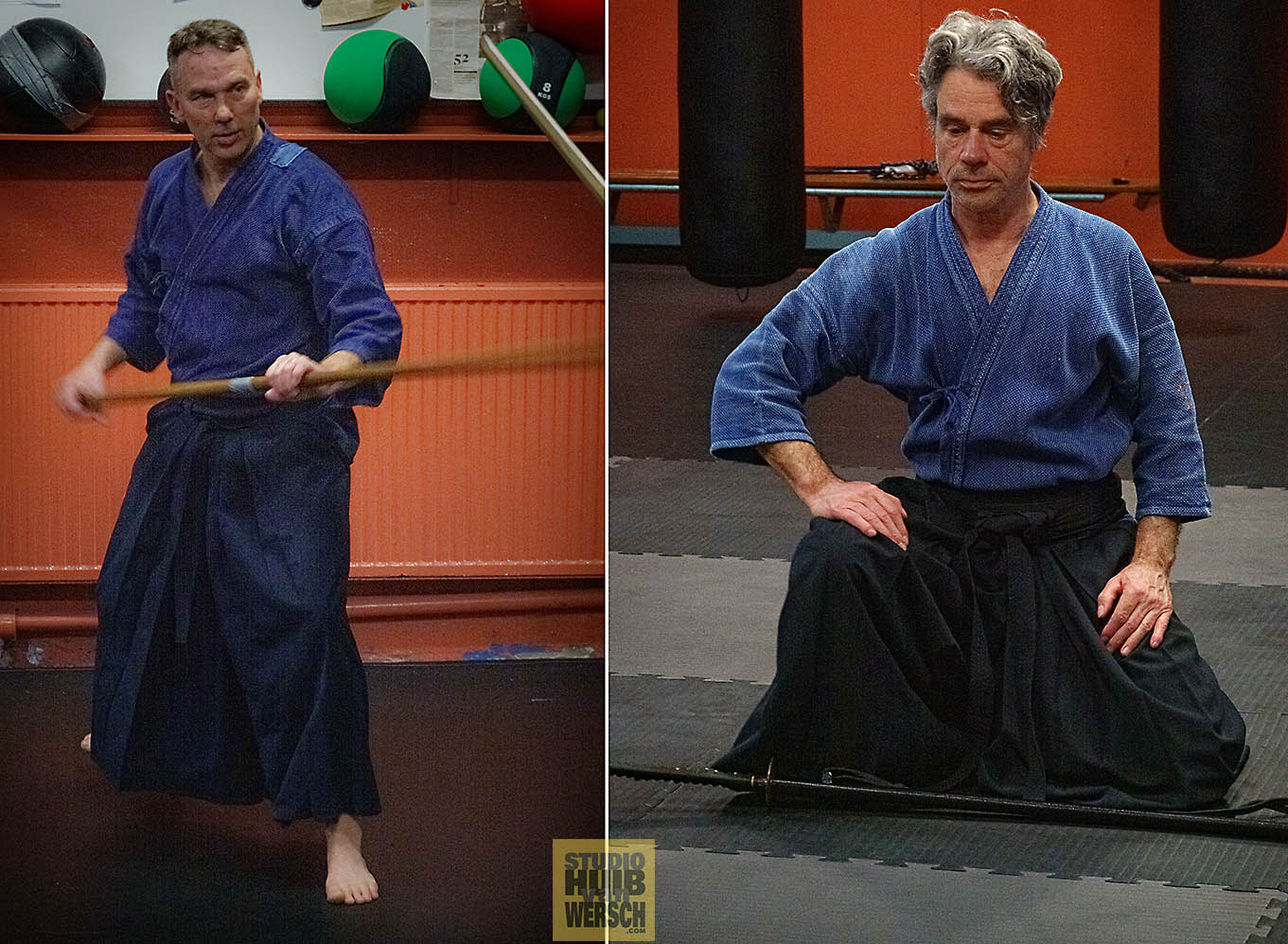DOJO voor AIKIDO en KATORI SHINTO RYU.
Zowel Aikido als Katori Shinto Ryu zijn Japans van oorsprong. Je leert technieken en inzichten uit een eeuwenoude budo-traditie. We trainen AIKIDO olv. Dick Willems Sensei en KATORI SHINTO RYU olv. Marcel Breedveld ( Menkyo) in de oude boksschool aan de Amstelkade..


AIKIDO
is de naam van de door O’Sensei bekend geworden Martial-art waarbij je leert een fysieke aanval te neutraliseren zonder iemand te beschadigen. Je wordt dus weerbaarder, bent fysiek bezig en hebt plezier: Wat wil je nog meer ? Kom een gratis proefles meemaken !

AIKI
Wordt net als Aikido gegeven door Dick Willems Sensei. Wanneer je na een paar jaar trainen van Aikido beter kan begrijpen wat verstaan wordt onder extensie ( van energie) dan is deze training bijzonder geschikt als vervolg. Met AIKI leer je deze extensie in je hele lichaam te gebruiken.

_______________
Tenshin Shoden Katori Shinto Ryu

Tenshin Shoden Katori Shinto Ryu – Een middeleeuwse Japanse stijl zwaardvechten die tot op heden altijd direct van leraar op leerling is doorgegeven. Al in de jaren 70 doceerde Erik Louw deze stijl in zijn vereniging Aikidojo. Sinds 2022 is Erik’s senior-leerling Marcel Breedveld Erik opgevolgd.
Japanse traditie’s en leergangen brengen veel vrij onbekende zaken voor Westerlingen met zich mee. De plek van waaruit je lichaam beweegt als één geheel noemen we bv. ‘centrum’; Iets heel anders dan je lichaam zien als afzonderlijke onderdelen. Training bewerkstelligt het één worden van lichaam en geest en dat is fascinerend als je het eenmaal ervaart. Door te excelleren in je zwaardvechtkunst leer je tevens conflicten beter te beheersen.
” Bushido, the way of the warrior, is solely concerned with living one’s life with integrity and sincerity, guided by the spirit of self-sacrifice.”

Onze afdeling Katori Shinto Ryu Amsterdam is verbonden aan Shinbukan, olv. zoon Nobutoshi Sensei.
Naast onze eigen lessen nemen we met regelmaat deel aan internationale seminars. De reguliere lessen in onze dojo worden gegeven door Marcel Breedveld, Menkyo.

Meer over Katori Shinto Ryu..
